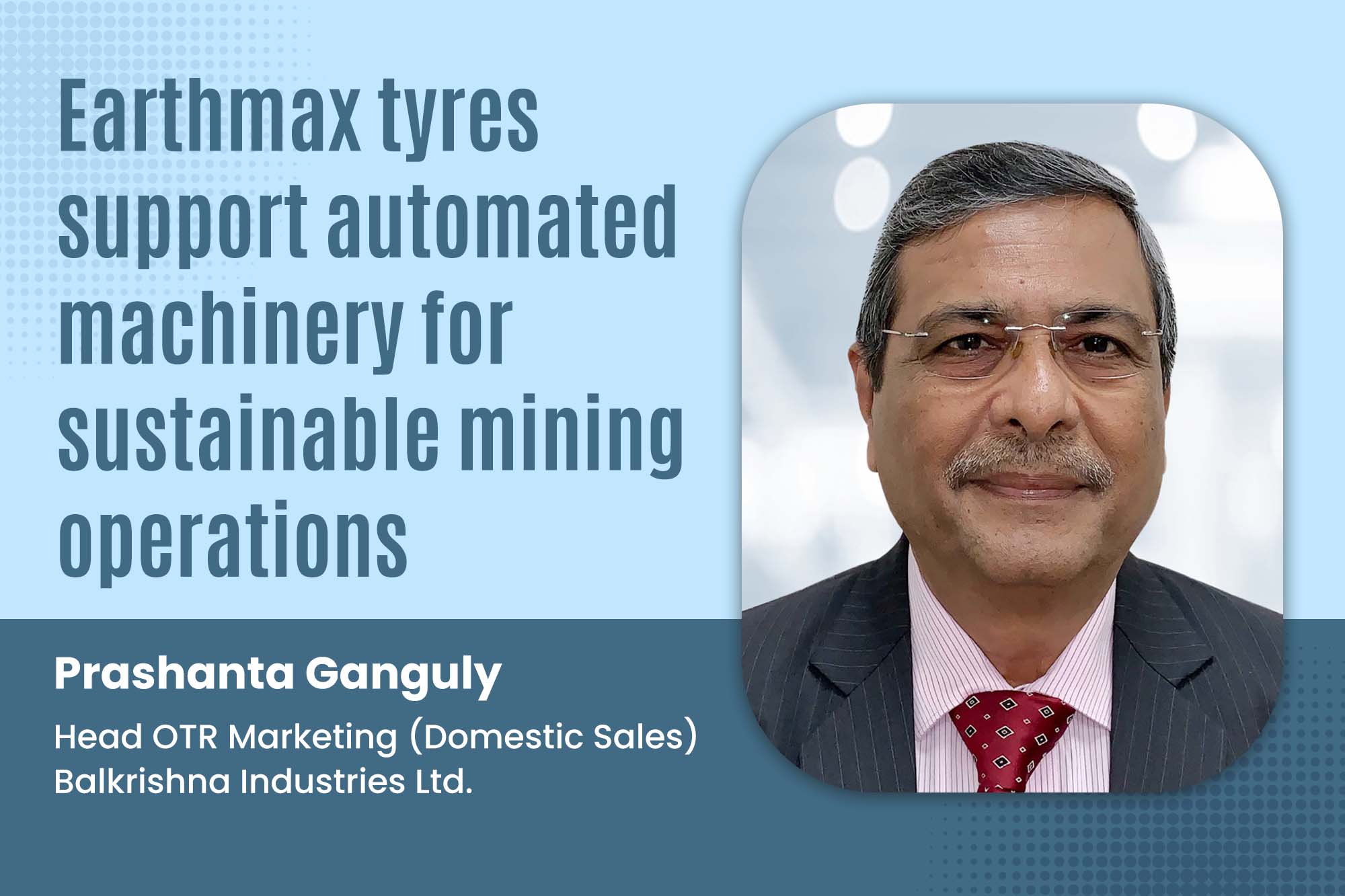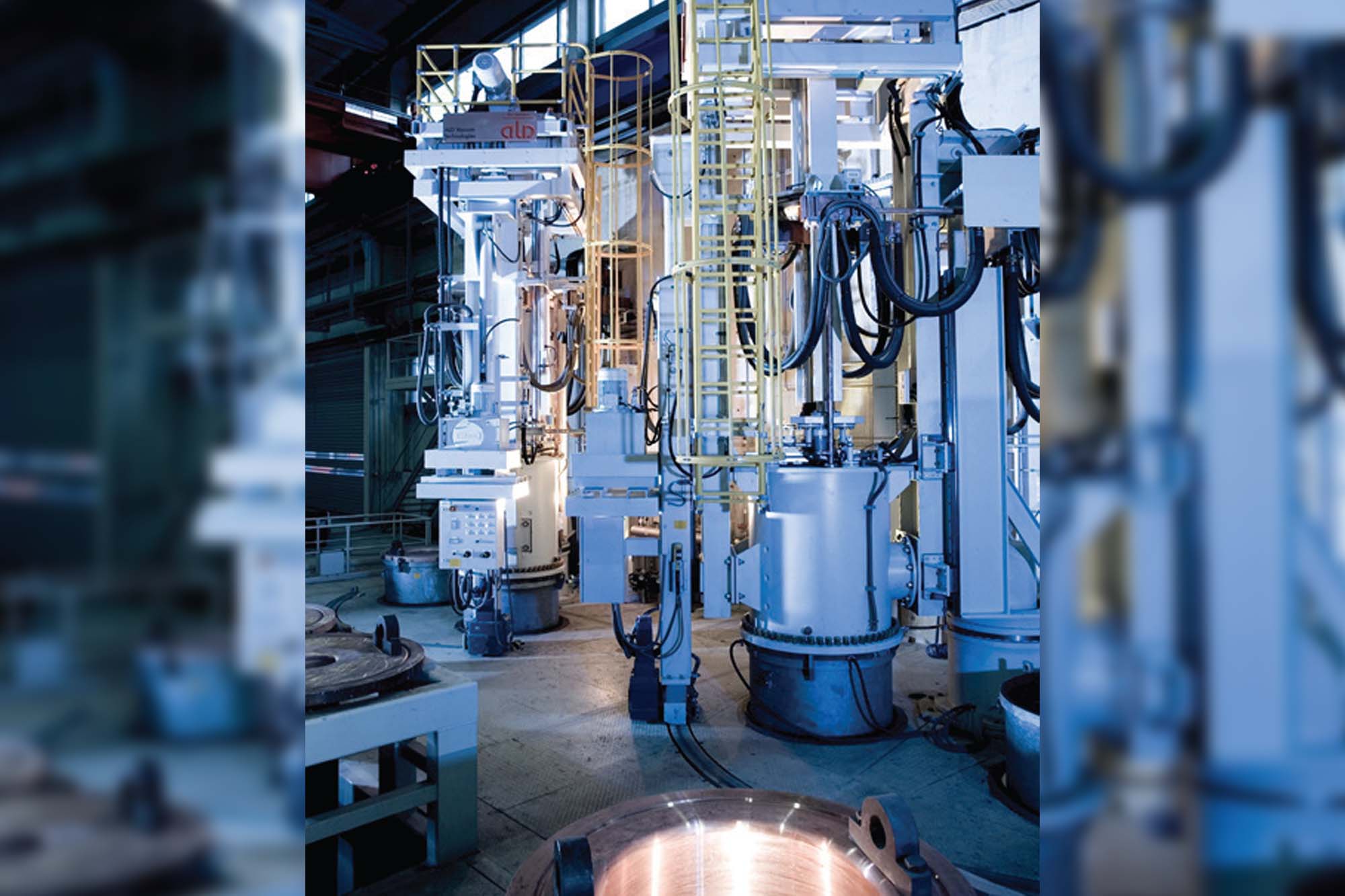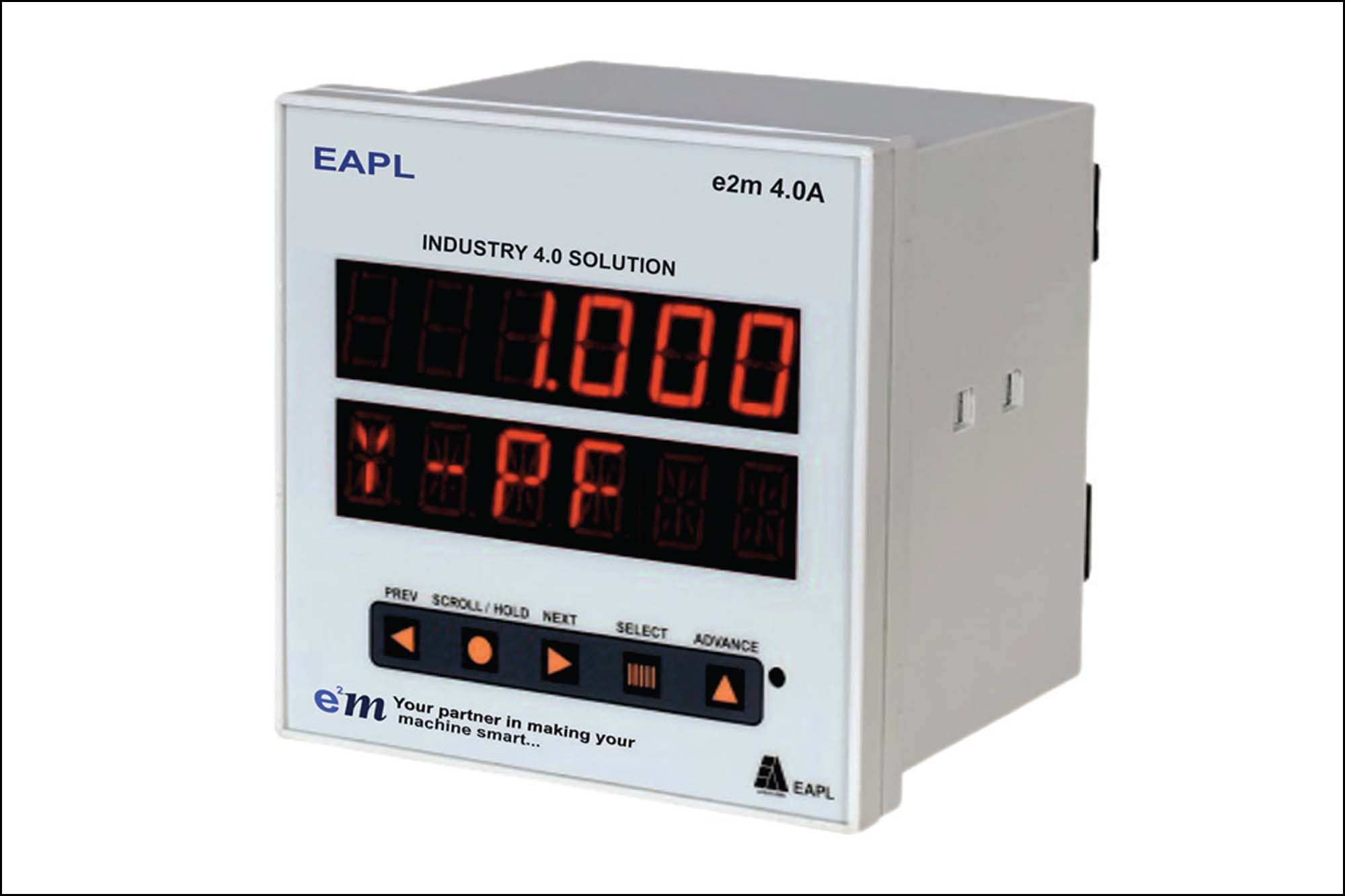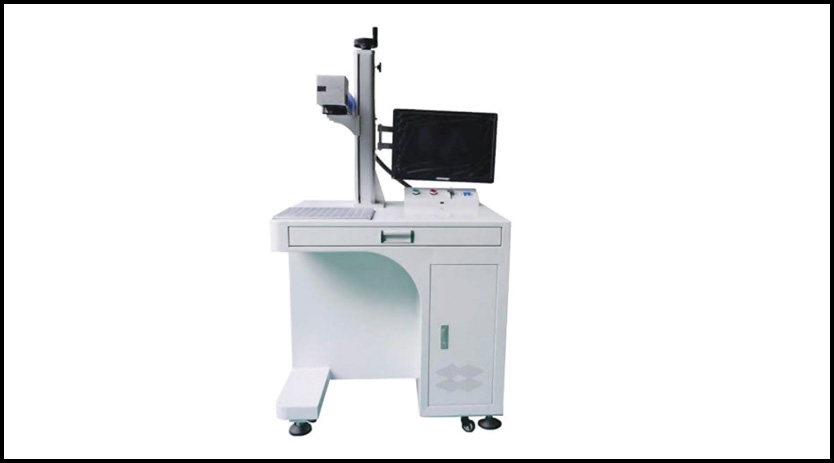Typical applications for energy storage systems
By admin May 20, 2022 3:05 pm IST
ESS applications in commercial or solar generation facilities to achieve grid stability & smart grids.
As renewable energy expands, it will be important to regulate fluctuations in power generation and to balance power supply and demand. One solution is the use of storage batteries. Solar generation facilities with storage batteries can leverage these batteries to moderate the balance between supply and demand, which fluctuates depending on solar radiation, whether it is day or night, and other factors.
When more power is produced than consumed, the power is stored and then released when power generation is not meeting the demand. The high-precision control of this storage/release operation will improve the stability of power generation capacity and grid systems.
Conventional energy storage systems & distribution transformers
Conventional energy storage system uses a high-efficiency power conditioner (PCS) to control the discharging and charging of locally installed storage cells as equipment for implementing power control within a grid.
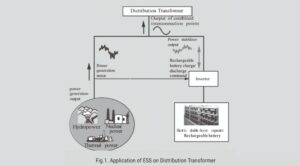 These energy storage systems can be deployed at various locations of power generation (High Voltage or medium voltage) and distribution system (low voltage).
These energy storage systems can be deployed at various locations of power generation (High Voltage or medium voltage) and distribution system (low voltage).
As shown in Fig. 1, the ESS can be deployed on the low voltage side of distribution transformer for –
- Load levelling which can shift load from peak to off-peak periods to reduce system losses.
- Transformer Overloading can be mitigated with Energy Storage system by storing the energy during off peak periods and discharge when demand increases.
- Stable grid voltage by active management of injecting or absorbing both active and reactive power.
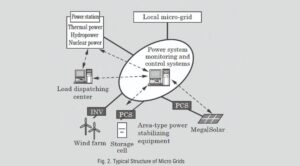 Micro grid & energy storage systems
Micro grid & energy storage systems
Fig. 2, shows a typical integrated micro grid system with multiple sources of energy generation and an energy storage system. The energy storage systems facilitate the stability of the micro grid by effectively charging and discharging the battery based on the generation of power sources and load demand.
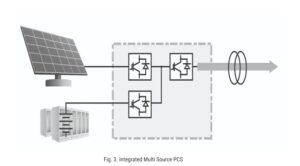 Micro grids can also be deployed at islands or an installation where diesel generators are used for supplying power. These system helps to mitigate the high generation cost resulting from fuel transportation costs and reducing the environmental load are challenges.
Micro grids can also be deployed at islands or an installation where diesel generators are used for supplying power. These system helps to mitigate the high generation cost resulting from fuel transportation costs and reducing the environmental load are challenges.
The micro grids resolve the high cost of power through the coordinated operation of existing diesel generators and power storage systems, the problem of supply/demand imbalance and to maintain the power quality of the power grid when solar power, wind power, or other type of renewable energy is adopted in large quantities.
Integrating two types of PCS to reduce facility cost and minimize power
In conventional solar generation systems with storage batteries, both the solar panels and the storage batteries require PCS for electric power conversion.
The Multi-PCS for solar generation facilities with storage batteries launched today achieves cost reduction and high efficiency by reducing the number of PCS units required for the battery-equipped facilities. It can help to reduce the customer’s investment burden and contribute to the electric power business.As shown in Fig. 3, the model has integrated component inverter circuits and controllers to combine the functions of the two PCS into one. This has reduced the number of the PCS and coupled transformers needed as well as the man-hours necessary to install them, realizing an approximately 20 percent reduction of cost compared to conventional systems.
It also stores the solar power in the batteries without the need for AC conversion, lowering the power loss by four to five percent compared to previous models.
Peak cut and peak shift
Using the electric power storage system and peak cut and peak shift operations helps reduce the contract demand, basic charge, and electricity rate. Certain cost reduction effect is expected although it depends on how customers use power. Fig. 4 shows an example of peak cut operation.
Backup power supply
The system can be used as a backup power supply that is necessary for stable and continuous business operation. Specifically, when the commercial power fails, the linkage switch of the commercial power is released, the storage battery PCS is switched to the self-support operation and activated to supply power.
Effective utilization of renewable energy
As shown in Fig. 5, the solar power generation for self-consumption may be surplus in a low-demand time zone on weekends. Renewable energy can effectively be utilized by charging this surplus power in storage batteries and discharging it in a time zone with high demand.
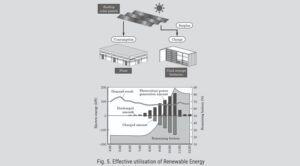
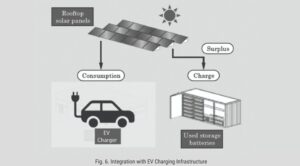 Integration with electric vehicle chargers
Integration with electric vehicle chargers
As shown in Fig. 6, the Multi PCS can be used as means of power supply to support an EV infrastructure. We can store electric energy in batteries and this energy can be then utilized to charge an EV to keep the grid stable by shaving the peaks of power or to provide supply in case of blackout.

Contributed by:
Lohithashan Potti
Head – Product and Engineering (Energy Division),
Fuji Electric India Pvt. Ltd.
Cookie Consent
We use cookies to personalize your experience. By continuing to visit this website you agree to our Terms & Conditions, Privacy Policy and Cookie Policy.





